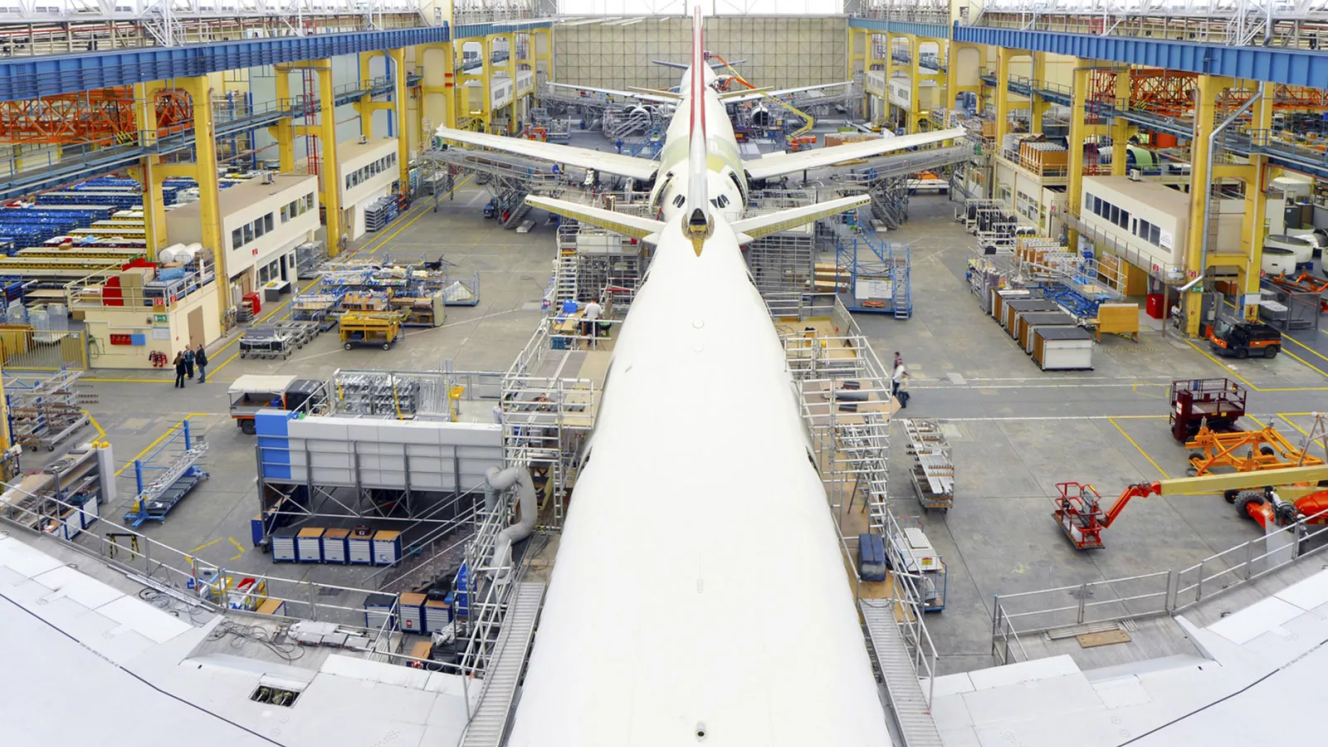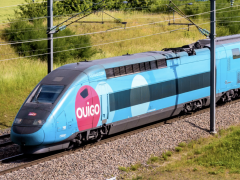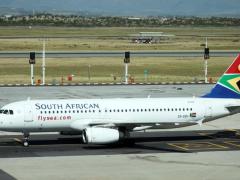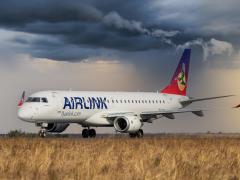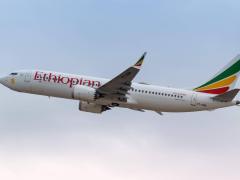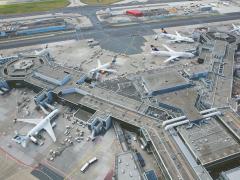The international airline industry is expected to lose more than US$11 billion (R192 billion) by the end of this year, due to ongoing aircraft supply chain challenges.
This is according to Iata’s ‘Reviving the Commercial Aircraft Supply Chain’ report, created in collaboration with management consultancy Oliver Wyman.
The report states that the worldwide commercial aircraft supply backlog reached a historic high of more than 17 000 aircraft in 2024, marking a significant increase of the average backlog of 13 000 aircraft per year experienced by the industry between 2010 and 2019.
As a result, airlines are struggling to renew their fleets and are forced to keep ageing aircraft for extended periods of time, increasing operational costs over the long-term.
“Airlines depend on a reliable supply chain to operate and grow their fleets efficiently. Now we have unprecedented waits for aircraft, engines and parts and unpredictable delivery schedules. Together these have sent costs spiralling and limited the ability of airlines to meet consumer demand,” said Willie Walsh, Iata’s DG.
The report estimates that in 2025, airlines will have spent about $4,2 billion (R73,3 billion) on excess fuel, $3,1 billion (R54 billion) on additional and more frequent maintenance costs, $2,6 billion (R45,4 billion) on additional engine leases and $1,4 billion (R24,4 billion) on surplus inventory holding costs, as airlines are stocking more spare parts to mitigate unpredictable supply chain disruptions, all to maintain their ageing fleets.
In addition to the mounting costs, supply chain challenges prevent airlines from deploying suitable aircraft to meet growing passenger demand.
In 2024, passenger demand increased by 10,4%, exceeding the capacity expansion of 8,7% and pushing load factors up to a record 83,5%. The trend in rising passenger demand continues into 2025, according to Iata’s passenger data.
Ethiopian Airlines CEO, Mesfin Tasew, recently told Bloomberg in an interview that its order backlog of more than 100 aircraft with Boeing has compromised the carrier’s long-term fleet renewal and route expansion plans. However, Tasew said the airline still forecast passenger numbers to grow between 12% and 15% this year, noting a similar trend to the report.
